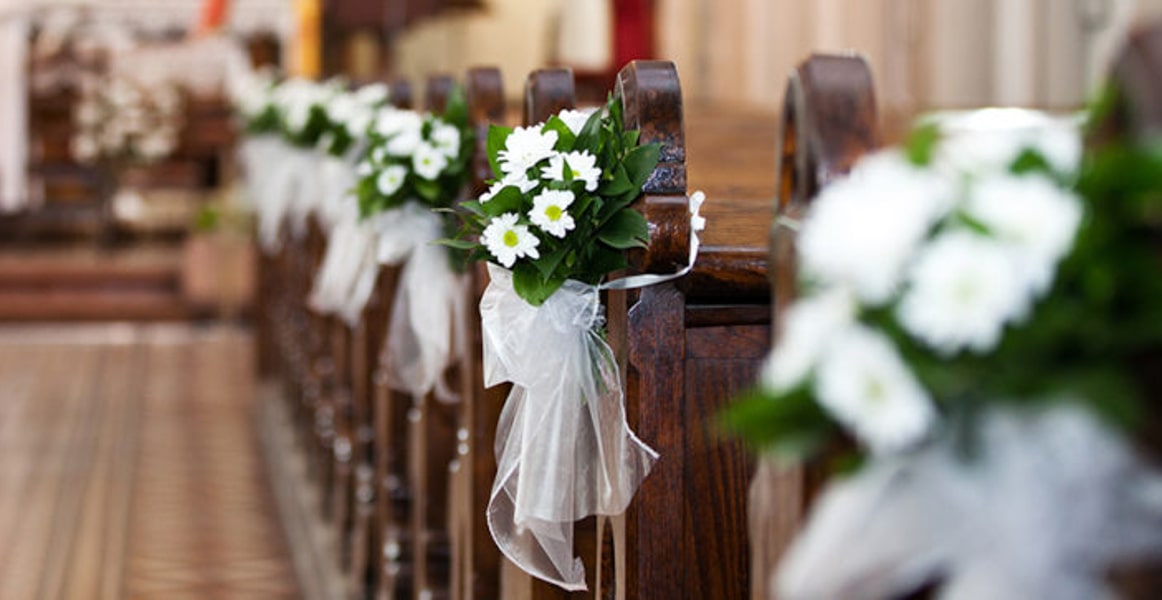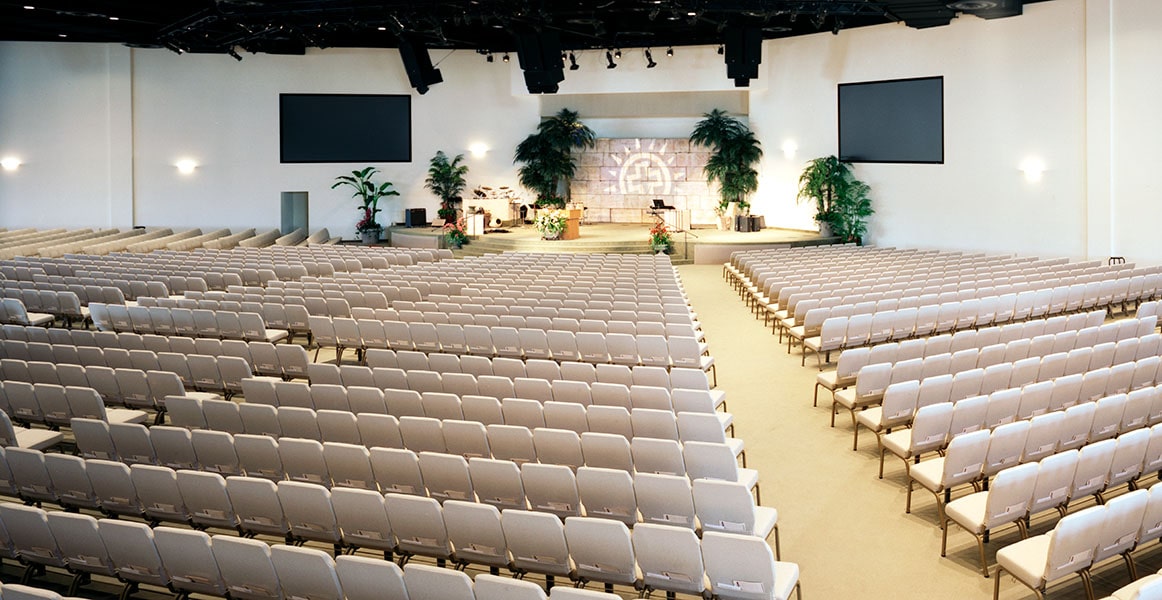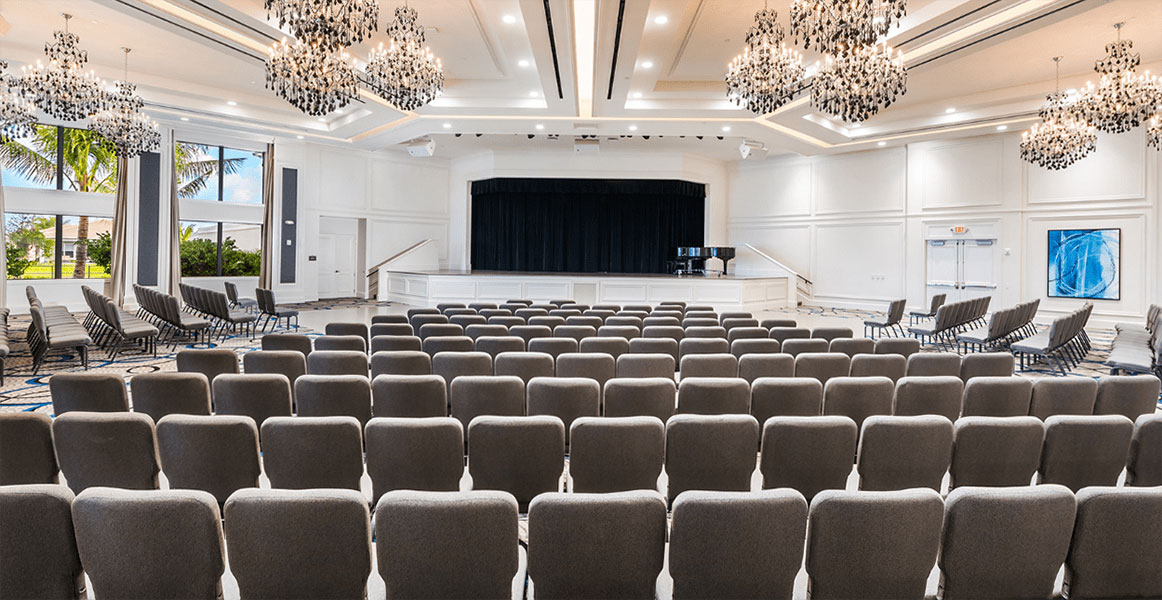Astuces pour bien choisir son siège : ce qu'il faut faire et ne pas faire pour asseoir les invités d'un mariage
En matière d'organisation de mariage, les règles sont nombreuses, mais rares sont celles qui sont inviolables. Si de nombreuses traditions de mariage sont tombées en désuétude, quelques principes fondamentaux sont devenus importants. D'autres sont dépassés et devraient être évités.
Places strictement réservées aux familles : Non
Il existe une vieille règle selon laquelle la famille et les amis de la mariée doivent être placés d'un côté de l'église (et d'un côté de la salle lors du dîner de mariage) et ceux du marié de l'autre. Cependant, cela peut créer un déséquilibre dans la répartition des places et placer les membres divorcés de la famille trop près les uns des autres. Cela peut également créer des tensions et de la confusion lors des mariages entre personnes de même sexe.
Heureusement, la répartition stricte des places familiales est de moins en moins à la mode dans l'organisation des mariages. Cela permet à chaque invité de personnaliser ses préférences en matière de places assises en fonction de sa situation.
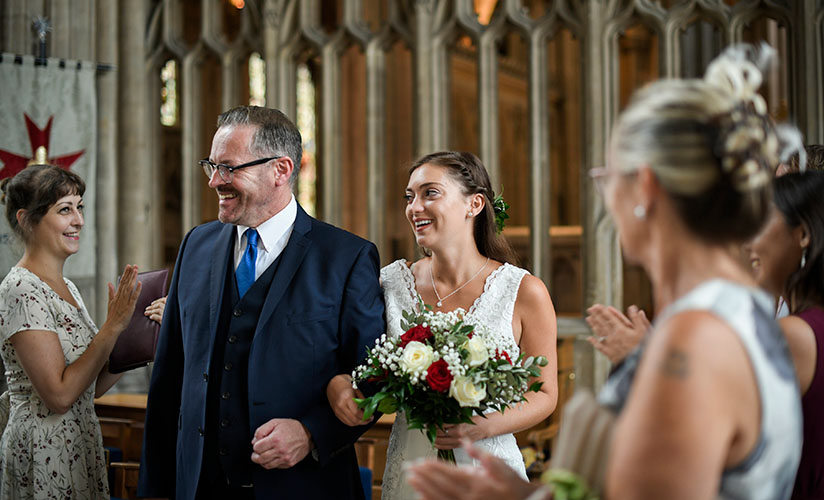
De belles vues pour tous : Oui
Que le mariage ait lieu à l'intérieur ou à l'extérieur, il est important de veiller à ce que chacun ait une vue dégagée. Les chaises doivent être orientées vers l'avant, ou vers l'endroit où le couple se tiendra. Veillez à ce que les sièges des invités soient disposés avec soin afin d'éviter tout obstacle potentiel, comme des piliers ou des décorations, et à ce que l'éclairage soit suffisant pour que tous les invités puissent bien voir.
Prévoyez un espace suffisant pour les fauteuils roulants et autres appareils de mobilité, et assurez-vous que les sièges pour fauteuils roulants offrent une bonne vue.
Places réservées pour le cortège nuptial : Oui
Une tradition qui a conservé sa popularité est de réserver des places à l'avant de la salle pour les proches ou autres invités d'honneur. Parents, frères et sœurs, grands-parents, tantes, oncles, cousins, cousines, beaux-parents et autres amis proches et membres de la famille prendront place aux deux premiers rangs de l'église (ou plus, si nécessaire).
Les demoiselles d'honneur, les garçons d'honneur et les autres membres du cortège nuptial s'assoiront également au premier rang, voire resteront parfois debout pendant la cérémonie. La dynamique familiale doit primer sur la tradition (par exemple, les parents divorcés peuvent s'asseoir sur des rangées différentes, si cela leur convient mieux).
De nombreuses personnes décorent les deux premières rangées de fleurs ou de rubans pour les marquer comme réservées, ce qui est important puisque certains invités au mariage entreront avec la mariée ou le marié et auront besoin d'un siège réservé. Les autres invités du mariage sont assis derrière les rangées réservées.

Placer tous les invités célibataires ensemble : Non
Si vous établissez un plan de table pour la réception ou le dîner de mariage, certains invités seront des couples et d'autres des célibataires. Il peut sembler plus simple de réunir tous les couples à table et tous les célibataires. Cependant, les plans de table qui répartissent les invités selon leur statut matrimonial sont contraires aux bonnes manières. Ils peuvent attirer l'attention sur la situation amoureuse de vos invités célibataires. Mélangez célibataires et couples dans votre configuration de mariage ou votre plan de table pour une réception plus inclusive.
Table d'honneur : Oui
Lors des dîners de mariage, les règles de placement suivent généralement les mêmes dispositions que pour la cérémonie. Les invités du mariage, les membres de la famille immédiate et les invités d'honneur sont assis le plus près du couple, souvent à une table d'honneur. Les tables rondes ne peuvent généralement pas accueillir plus de huit personnes, c'est pourquoi on utilise parfois une longue table rectangulaire (composée de plusieurs tables placées bout à bout). Cependant, comme le format des tables longues ne permet pas beaucoup de conversations entre les invités, les tables rondes traditionnelles sont également populaires, étant entendu que tout le monde ne pourra pas s'asseoir à la table des jeunes mariés.
Utiliser une application de plan de salle
Établir un plan de table pour les invités d'un mariage peut s'avérer complexe. En tant qu'église organisant le mariage, les familles des mariés pourraient vous demander comment créer au mieux un plan de table. Voici trois ressources en ligne que vous pouvez recommander ou utiliser vous-même pour créer un plan de table pour les mariages et les dîners de mariage à l'église.
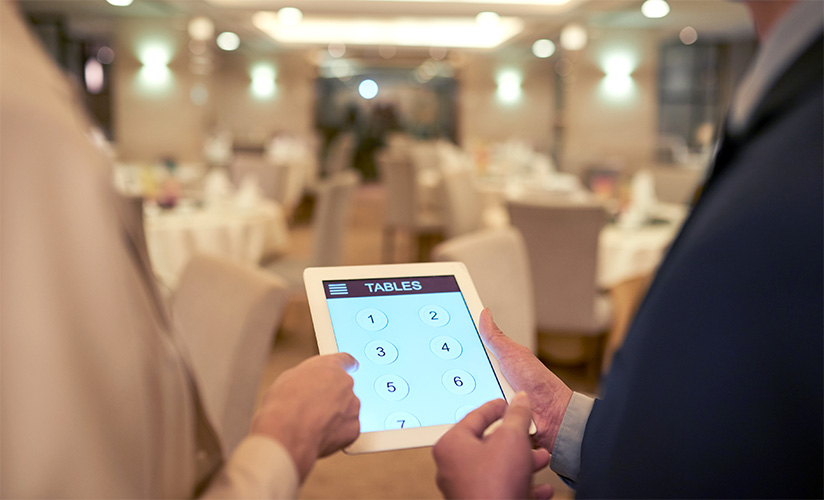
1. Tous assis
Avec TousAssisVous pouvez collaborer avec d'autres personnes pour créer un plan détaillé tout en préparant votre mariage. Le site web permet une visualisation 3D avec un large choix de modèles. Un service client est disponible 24h/24 et 7j/7 en cas de besoin.
2. Planificateur de table supérieure
Planificateur de table supérieure vous permet de déplacer des tables, d'ajouter des invités et d'organiser des décorations afin de planifier votre événement. Vous pouvez même importer des fichiers depuis Word et Excel. Vous pouvez tester le site avec un essai gratuit de 7 jours – remboursement garanti.
3. Mariages de Martha Stewart
Si vous recherchez d'excellents conseils sur la disposition des sièges dans les églises traditionnelles pour planifier un mariage, Mariages de Martha Stewart est le site Web qu'il vous faut. Le site propose de nombreux articles sur la disposition parfaite des sièges et d’autres articles utiles sur les mariages religieux traditionnels. Ce site propose même des procédures de procession appropriées et des formations debout.
Disposition des chaises pour la cérémonie de mariage
Lors de l'organisation d'un mariage religieux, la disposition des chaises joue un rôle crucial pour créer une expérience mémorable. Si les bancs traditionnels sont courants dans de nombreuses églises, les lieux utilisant des chaises individuelles offrent l'avantage unique de pouvoir personnaliser la disposition des sièges en fonction des préférences du couple et du déroulement de la cérémonie.
Une option classique est la disposition en allée centrale, où des rangées de chaises sont alignées de chaque côté d'une allée centrale. Cette disposition intemporelle offre une entrée spectaculaire aux mariés et est idéale pour les processions et les photos. Si l'espace le permet, certaines églises choisissent d'incurver légèrement les rangées pour une ambiance plus intime, permettant aux invités de se sentir plus proches du couple et améliorant la visibilité tout au long de la cérémonie.
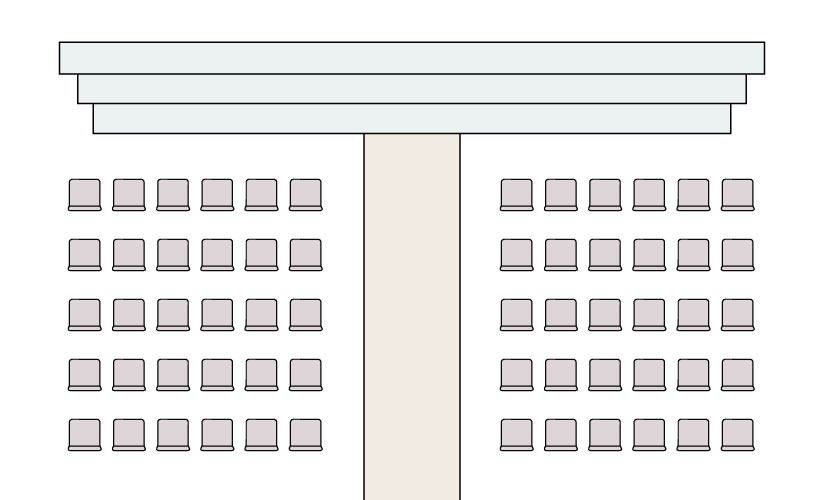
Pour une approche plus moderne et personnalisée, les couples peuvent opter pour une disposition en demi-cercle ou en arc de cercle, qui rassemble les invités autour du couple dans un cadre plus inclusif. Cette disposition favorise un sentiment de communauté et concentre l'attention sur l'autel ou l'espace de cérémonie. Pour les mariages plus petits, une disposition en U ou en fer à cheval permet à la famille et aux amis proches de se sentir directement impliqués tout en conservant un point focal clair au centre.
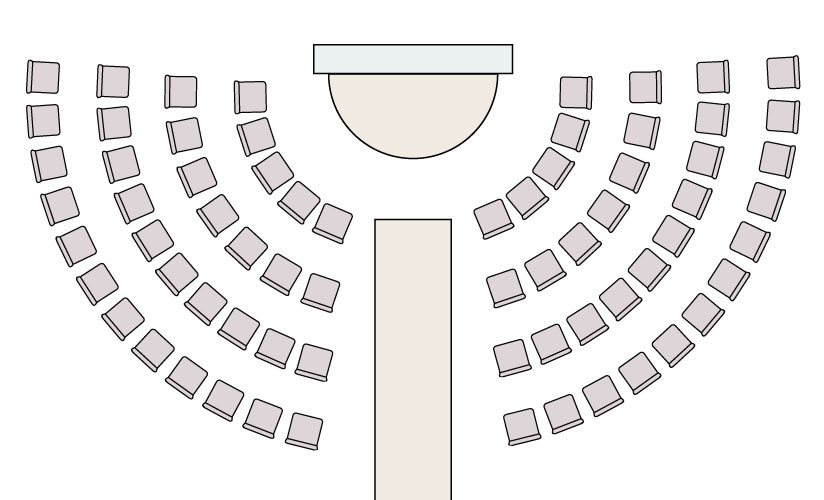
Quelle que soit la disposition, il est essentiel de garantir un espacement suffisant entre les rangées pour le confort et l'accessibilité, en particulier pour les invités âgés ou à mobilité réduite. L'utilisation de chaises confortables et bien conçues est également un atout : les mariages peuvent être longs et les invités apprécieront le soutien. Une disposition judicieuse allie esthétique, praticité et esprit de célébration sacré, pour une cérémonie à la fois unique et harmonieuse.
Types de chaises de mariage
Lors de l'organisation d'un mariage religieux sans bancs traditionnels, le choix des chaises peut influencer considérablement l'atmosphère et le confort des invités. Heureusement, il existe plusieurs options de chaises élégantes et pratiques qui s'intègrent parfaitement à ce cadre sacré tout en rehaussant l'esthétique de la cérémonie.
Il existe de nombreux styles de chaises parmi lesquels choisir, allant des styles formels aux chaises rembourrées confortablesChoisir la bonne chaise pour votre mariage à l'église ne se résume pas à l'apparence : il s'agit également de garantir que les invités se sentent les bienvenus, à l'aise et fassent partie d'un moment sacré.
